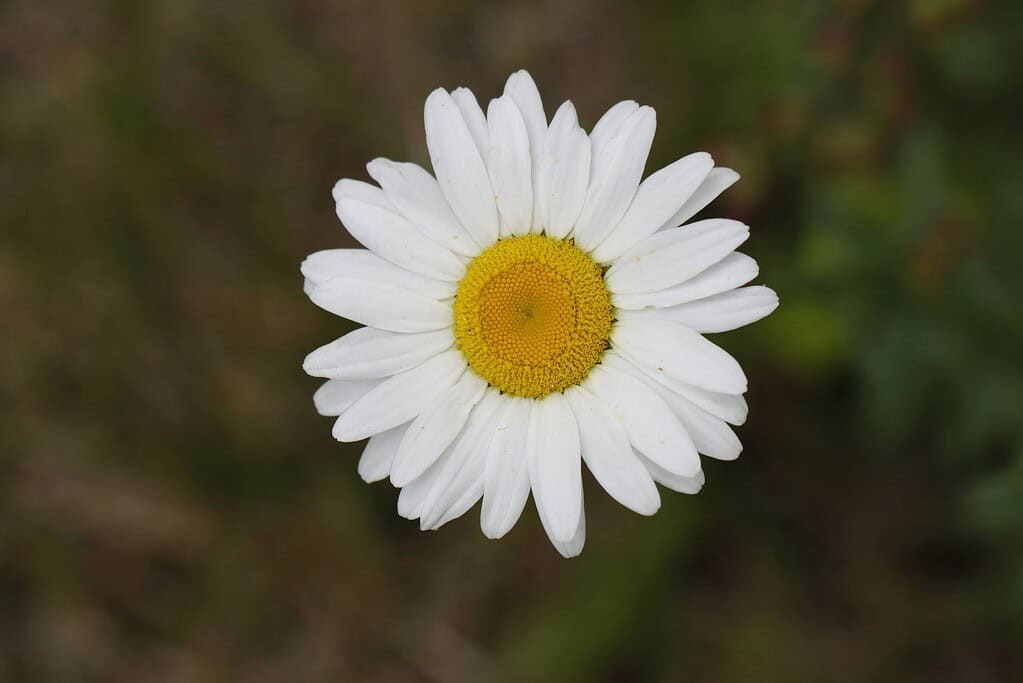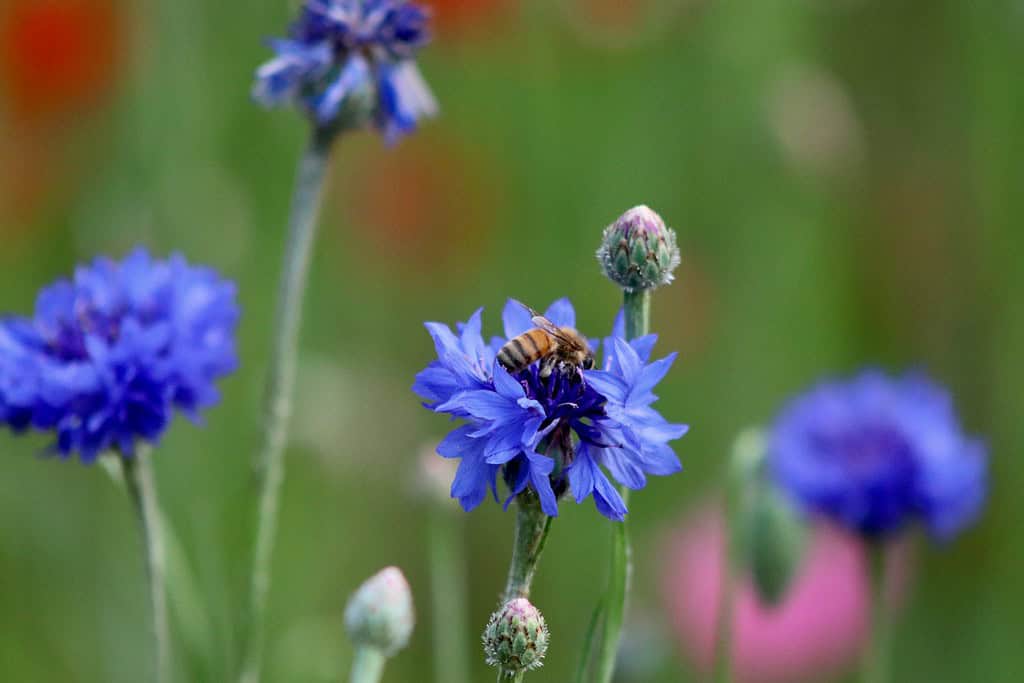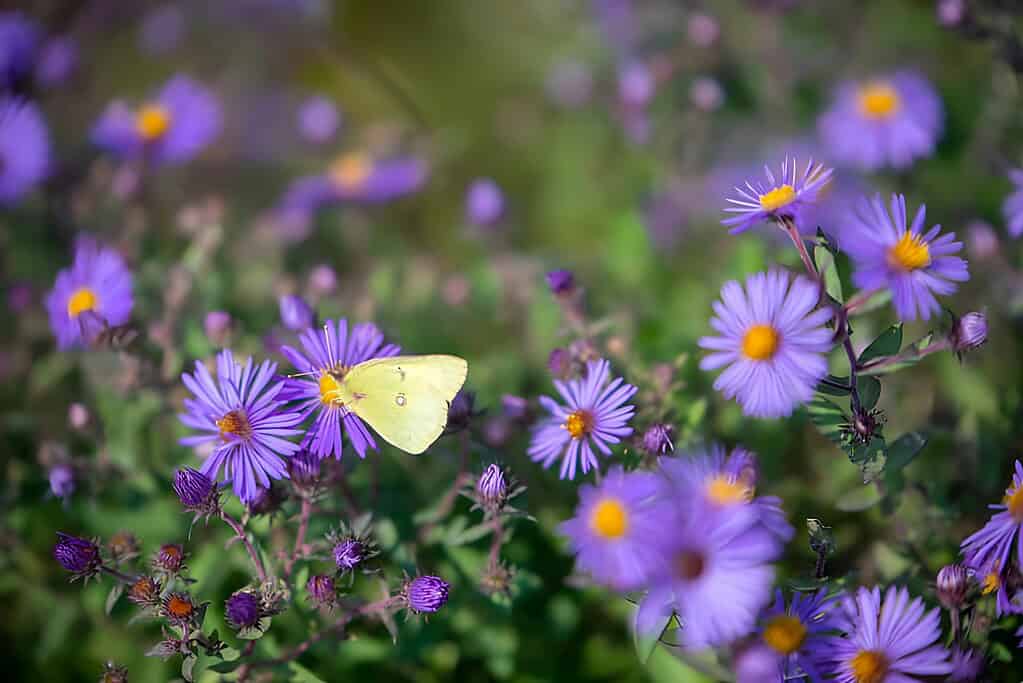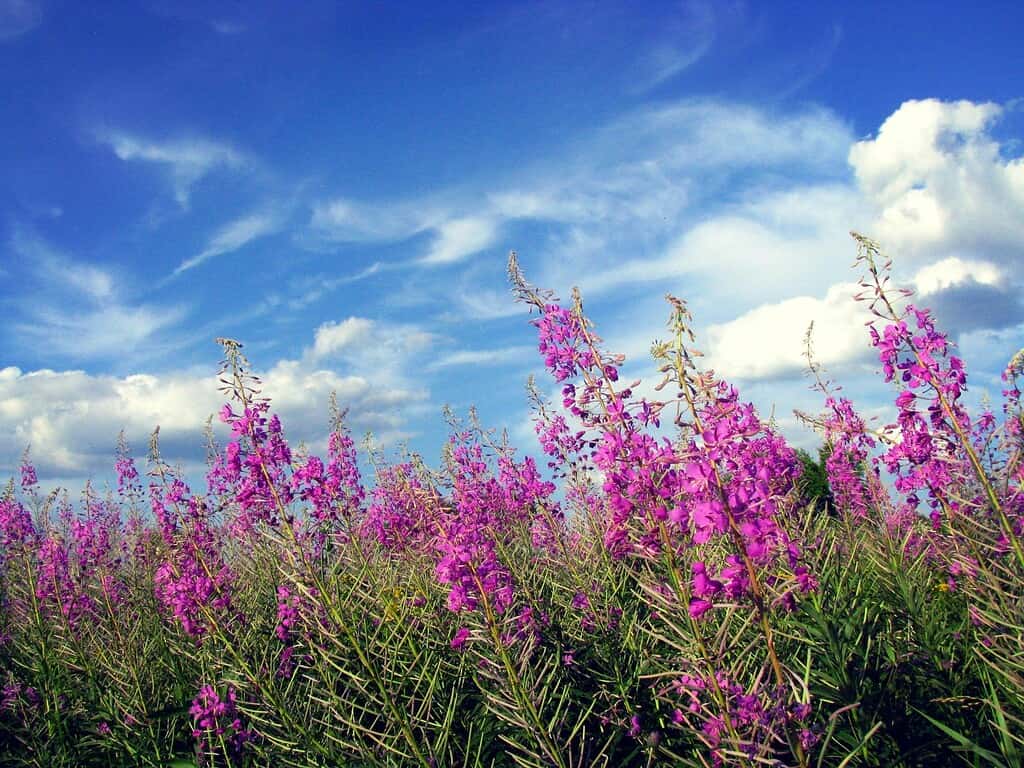Wildflowers are a simple way to add vibrant color and natural diversity to your garden.
Many are low-maintenance and thrive in tough conditions, making them ideal for gardeners who want beauty without constant upkeep.
These plants support local pollinators like bees, butterflies, and hummingbirds, while also improving soil health and garden balance.
Some tolerate dry spells, others love wet ground, but each one brings something unique to the landscape.
If you’re new to gardening, learning how to plant flowers can help you get started with confidence.
Wildflowers make that first step even easier since they’re naturally hardy and adaptable.
Below, you’ll find 14 eye-catching wild flowers you’ll want to add to your garden.
14 Stunning Wildflowers to Grow in Your Garden
Wildflowers can add instant charm to your garden with their bright colors, unique textures, and natural growth habits.
Here are 14 standout varieties worth considering, each offering visual appeal and growing benefits in different conditions.
1. Wild Cosmos (Cosmos bipinnatus)
Wild cosmos is a tall, branching annual with delicate, fern-like foliage and vibrant daisy-like flowers that sway in the breeze.
It adds a soft, informal look to borders, meadows, or open beds and can reseed itself in the right conditions.
Because of its tolerance for poor soil and dry spells, it's a favorite among gardeners who want color without constant watering or fertilizing.
- Color Varieties: Golden yellow, white, pink, magenta, orange, yellow, red, chocolate
- Growing Needs: Requires full sun and loose, well-drained soil. Avoid soil that’s too rich, which leads to fewer flowers and more leafy growth. Drought-tolerant once established.
2. Cardinal Flower (Lobelia cardinalis)
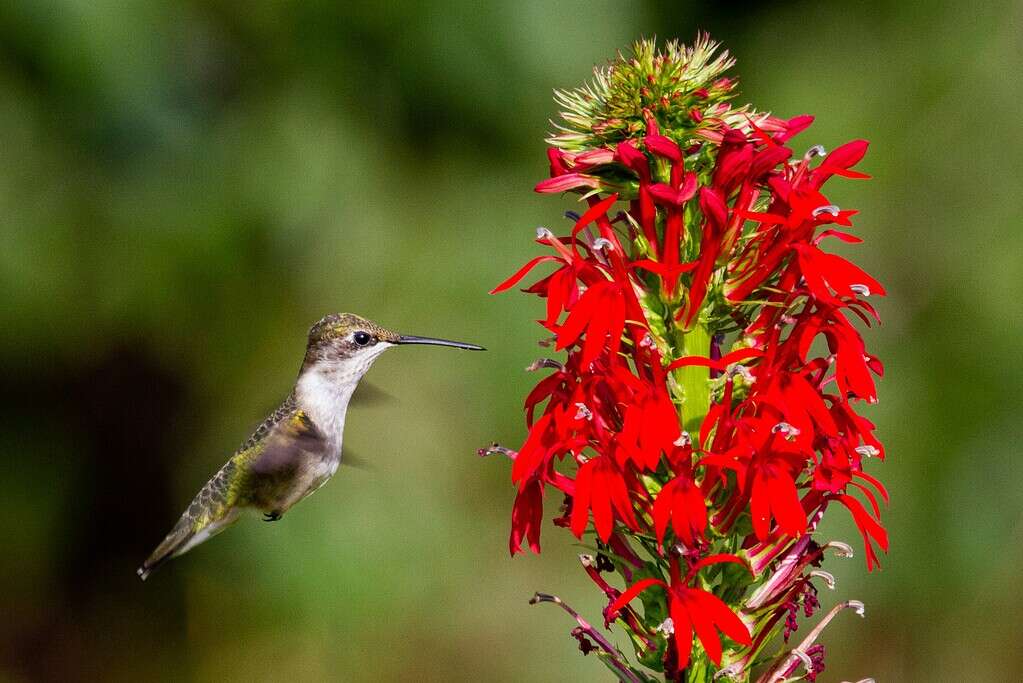
The cardinal flower is a bold, upright perennial with spires of bright red blooms that stand out against green or woodland backdrops.
Its tubular flowers are especially attractive to hummingbirds (see safe hummingbird food recipes) and bloom in mid to late summer when many other flowers are fading.
This wildflower prefers damp soil, making it a strong choice for rain gardens, stream edges, or low-lying garden areas.
- Color Varieties: Scarlet red, white, or rose
- Growing Needs: Grows best in full to partial sun and rich, medium to wet soil. It does not handle drought well and must be kept consistently moist for healthy growth and flowering.
3. Queen Anne’s Lace (Daucus carota)
Queen Anne’s Lace is a biennial with finely divided, lacy foliage and broad, flat clusters of tiny white flowers.
Each flower head often features a single dark-colored floret in the center, sometimes called the “fairy seat.”
Its delicate look adds a soft, cottage-garden feel, but it can spread aggressively if not managed. It’s related to the domestic carrot, and the roots even give off a carrot-like scent when crushed.
- Color Varieties: Typically white with a red, black, purple, or burgundy center
- Growing Needs: Adaptable to a range of conditions, it grows in full sun to partial shade and prefers evenly moist soil but tolerates drought. It has a deep taproot and can become invasive, so it’s best suited for larger or wilder garden areas.
Read related post: How to Grow (and Care) for Carnation Flowers
4. Rudbeckia (Rudbeckia hirta)
Rudbeckia, commonly known as black-eyed Susan, is a tough, easy-to-grow wildflower that brings a splash of bold yellow or orange to any sunny spot.
It’s native to eastern North America and blooms from mid-summer into fall.
With its daisy-like form and dark center, it’s a cheerful, reliable option for borders, pollinator gardens, or wildflower meadows.
- Color Varieties: Gold to orange petals with a dark brown center
- Growing Needs: Prefers full sun and well-drained soil but tolerates short dry periods. While it thrives in average soil, it does best with some moisture during hot stretches.
5. Oxeye Daisy (Leucanthemum vulgare)
Oxeye daisy is a familiar sight with its clean white petals and bright yellow center, often found naturalized along roadsides and open fields.
Though it adds a classic, cheerful look to garden beds and meadow plantings, it's important to know that this species can be invasive in some regions.
Its spreading habit makes it better suited for informal or contained wildflower spaces where you can monitor its growth.
- Color Varieties: White or pale yellow petals with a yellow center
- Growing Needs: Grows well in full to partial sun and prefers rich, moist, well-drained soil. It has limited drought tolerance and benefits from occasional watering during dry weather.
6. Chicory (Cichorium intybus)
Chicory is a hardy perennial known for its sky-blue blooms that open with the morning light and close by afternoon.
Though originally introduced from Europe, it has naturalized widely and is often seen along roadsides and in fields.
Beyond its ornamental use, the root of the chicory plant has long been used as a coffee substitute.
Its upright, wiry stems and sparse foliage give it a distinctive structure that works well in wildflower gardens and naturalized plantings.
- Color Varieties: Typically blue; occasionally white or pink
- Growing Needs: Thrives in full sun and well-drained, neutral to alkaline soil with medium moisture. It tolerates drought well and performs best in lean or disturbed soils.
Read related post: How to Plant, Water, and Care for Camellias for Long-Term Growth
7. Blanket Flowers (Gaillardia aristata)

Blanket flowers are colorful, sun-loving perennials native to North American prairies.
Their petals often display a striking two-toned pattern in warm shades, resembling patterns found in Indigenous textiles – hence the name.
These flowers bloom over a long season and are known for their ability to handle heat and dry conditions, making them a reliable choice for tough garden spots.
They also attract bees and butterflies.
- Color Varieties: Combinations of red, yellow, orange, and peach
- Growing Needs: Full sun and well-drained soil are essential. They do poorly in heavy clay and prefer drier conditions. Once established, they’re highly drought-tolerant.
8. White Water Lily (Nymphaea odorata / Nuphar luteum)
White water lilies bring a serene, elegant presence to ponds and water features.
Their large floating leaves (lily pads) provide shade and cooling for aquatic life, while their fragrant blooms sit just above the water surface.
Though often grown for their beauty, they also play a role in maintaining pond health by reducing algae growth through shading.
- Color Varieties: White, pink, or yellow
- Growing Needs: Requires still or slow-moving water in full to partial sun. Thrives in wet, sandy, nutrient-poor soil. Not drought-tolerant and must remain submerged or in saturated conditions.
If you’re also interested in garden lilies (Lilium), see how to grow lilies successfully.
9. Coneflower (Echinacea purpurea)
Coneflower is a sturdy, upright perennial that brings strong structure and lasting color to flower beds.
It’s especially valued for its daisy-like blooms with raised, spiny centers and downward-curving petals.
Native to central and eastern North America, it blooms from early summer to fall and is well known for attracting bees and butterflies.
Aside from its garden value, Echinacea is also widely recognized for its traditional medicinal uses.
- Color Varieties: Purple, mauve, rose-pink; some cultivars also bloom in orange tones
- Growing Needs: Prefers full to partial sun and moist, well-drained soil. It can tolerate some drought once established but benefits from regular watering in dry periods.
10. Bachelor Buttons (Centaurea cyanus / Centaurea montana)
Bachelor buttons, also known as cornflowers, offer clusters of frilly blooms in cool shades that contrast well with warmer-colored flowers.
Traditionally worn by courting men in their buttonholes, they bring a touch of old-fashioned charm to the garden.
The annual type (Centaurea cyanus) is often used in wildflower mixes, while the perennial (Centaurea montana) is a hardy addition to garden beds.
- Color Varieties: Pale blue, purple, pink, red
- Growing Needs: Require full sun and average, well-drained soil. They prefer moist conditions but are tolerant of dry spells once established.
11. New England Aster (Symphyotrichum novae-angliae)
New England aster is a fall-blooming perennial that brings late-season color to the garden when many other flowers have faded.
Its dense clusters of daisy-like flowers sit atop tall, leafy stems and are a favorite among pollinators – especially late-season bees and butterflies.
Cultivars like ‘Purple Dome’ offer a more compact option for smaller garden spaces.
- Color Varieties: Purple, pink, or white rays with yellow centers
- Growing Needs: Full sun and compost-enriched, well-drained soil. It prefers moist conditions but, once established, can handle periods of drought.
12. Plains Coreopsis (Coreopsis tinctoria)
Plains coreopsis is a fast-growing annual known for its vibrant, bi-colored flowers and ability to thrive in poor soil.
Native to the prairies of North America, it brings a natural, meadow-like feel to garden beds and borders.
The plant stays compact and is easy to grow from seed, making it a good choice for beginner gardeners looking to fill space quickly.
- Color Varieties: Bright yellow petals with a reddish-brown center disk
- Growing Needs: Requires full sun and tolerates a wide range of soil types, including clay, dry, and rocky soils. Extremely drought-tolerant and suited for low-maintenance areas.
13. Wild Lupine (Lupinus perennis)
Wild lupine adds vertical interest with spiky clusters of pea-like flowers.
It’s a nitrogen-fixer, which improves soil health while adding vibrant color.
Native bees and butterflies are drawn to its blooms.
- Color Varieties: Purple, blue, pink, and occasionally white
- Growing Needs: Full sun to partial shade, sandy or well-drained soil. Drought-tolerant once established but benefits from moderate watering in dry spells.
14. Fireweed (Chamerion angustifolium)
Fireweed is a fast-growing perennial that thrives in disturbed areas, making it perfect for reclaiming empty spaces or adding a splash of color along edges.
Its tall spires of pinkish-purple flowers are eye-catching and attract pollinators.
- Color Varieties: Magenta-pink to purple
- Growing Needs: Full sun, moist but well-drained soil. Tolerates poor soils and can naturalize in wild or informal garden settings.
How to Successfully Grow Wildflowers in Your Garden
Adding wildflowers to your garden isn’t just about picking the right plants – it also depends on preparing the soil, timing the planting, and understanding how each species grows.
Here’s what you need to know to establish a healthy and thriving wildflower garden.
Choose the Right Location
Start by selecting a spot that matches the growing needs of the wildflowers you plan to grow.
- Most wildflowers prefer full sun (at least 6 hours of direct sunlight daily).
- A few, like Queen Anne’s Lace and Cardinal Flower, can handle partial shade.
- Consider moisture levels: dry slopes, rain gardens, or pond edges all suit different species.
Understand Your Soil
Wildflowers are adaptable, but knowing your soil type will help you match plants to the conditions.
- Well-drained soil is important for drought-tolerant plants like cosmos, chicory, and blanket flowers.
- Moist, rich soil supports species like New England aster and coneflower.
- Wet or sandy soil is needed for water lilies and cardinal flowers.
Avoid using fertilizer – most wildflowers prefer lean soil and may produce fewer blooms in overly rich conditions.
Prepare the Area
- Remove weeds, grass, and any competing plants.
- Lightly loosen the top layer of soil with a rake or hoe to help seeds settle in.
- For large areas, consider smothering existing vegetation with a tarp or mulch for several weeks ahead of planting.
Plant at the Right Time
- Fall planting is ideal. Seeds planted in early to mid-fall have time to settle and begin root growth before winter, leading to stronger blooms in spring or summer.
- If planting in spring, wait until the last frost has passed and soil has warmed.
Water Wisely
- After sowing seeds, keep the soil lightly moist until germination.
- Once plants are established, many wildflowers need little to no watering, especially drought-tolerant types.
- Species like cardinal flower and water lily will need consistently moist or wet soil.
Manage Growth and Spread
- Some wildflowers, like Queen Anne’s Lace or Oxeye Daisy, can spread aggressively. To control them:
- Deadhead flowers before seeds drop
- Plant them in contained areas or along edges where spread is easier to manage
- Let non-invasive species reseed naturally for recurring blooms year after year.
Group Plants by Needs
When mixing species, place those with similar sun and water requirements together. This makes watering and care easier and helps each plant grow to its full potential.
Bring Life and Color to Your Garden with the Right Wildflowers
Wildflowers are one of the most effective ways to add lasting color, support pollinators, and create a resilient garden with less maintenance.
Whether you're planting around a pond, filling in dry areas, or building a pollinator-friendly border, there's a wildflower that fits the job.
With the right selection, placement, and timing, wildflowers can offer beauty and function for seasons to come.
Which wildflower are you most excited to try in your garden? Comment down below and share your thoughts!
FAQs
Can I plant wildflower seeds directly into existing grass?
Yes, but it's not ideal. For best results, remove or suppress the existing grass so seeds can make contact with the soil. Grass can outcompete seedlings for light and moisture.
How long do wildflowers take to bloom after planting?
Most wildflowers bloom in their first growing season, especially annuals like cosmos and coreopsis. Perennials may take until their second year to flower fully.
Do wildflowers need to be replanted every year?
It depends on the type. Annuals may reseed themselves if allowed to go to seed. Perennials will return each year if well-established. Some gardeners reseed areas annually to maintain density.
Will wildflowers grow in containers or raised beds?
Yes, compact wildflower species like bachelor buttons or dwarf cosmos can do well in containers or raised beds, as long as their sun and soil needs are met.
Should I fertilize wildflowers?
No. Most wildflowers thrive in low-nutrient soils. Fertilizing can lead to excessive foliage and fewer blooms. Rich soil may actually reduce flowering in many species.




